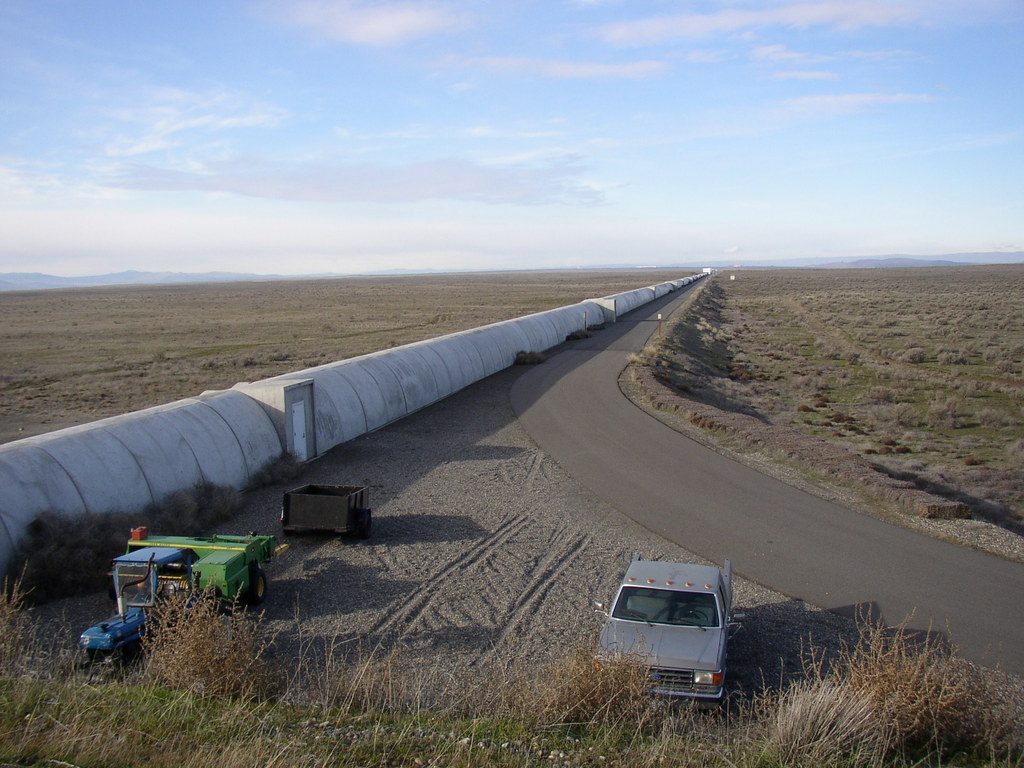Physicists have announced the discovery of gravitational waves – wrinkles in space-time first predicted by Albert Einstein that will open up a whole new way for us to see the universe.
The announcement follows rumours last month after physicist Laurence Krauss tweeted that the waves "may have been discovered".
My earlier rumor about LIGO has been confirmed by independent sources. Stay tuned! Gravitational waves may have been discovered!! Exciting.
Dr Ryan O'Leary, a postdoctoral research associate at the University of Colorado who is not affiliated with the LIGO collaboration, told BuzzFeed News that this signal is "as good as it gets."
"The LIGO collaboration has done an excellent job characterizing the background of their detectors," he said. "Any signal they see in both detectors, at this strength, is coming from gravitational waves."
He also noted that the experiment is currently at only a third of what its final sensitivity will be. Over the next few years it will be tweaked and improved, and we can expect to see many more signals.
"This was from only 16 days of observations with the first phase Advanced LIGO," O'Leary told BuzzFeed News. "Over the next few years it will be about three times more sensitive to gravitational wave signals from merging black holes, and should see nearly 30 times more events per year. The future of gravitational wave astronomy looks incredibly promising."
It's hard to predict exactly how many events we'll see from just one so far, he says, but we shouldn't have to wait very long to find out. "It was so strong and observed during such a short run that I expect LIGO to see tens and more likely hundreds of such events when it completes all of its science runs."
"We are going to have a huge richness of gravitational wave signals," theoretical physicist Kip Thorne said at the press conference announcing the discovery.
If you're wondering what exactly gravitational waves are, you're not alone.
Gravitational waves are really, really tiny, but they travel through space and time unobstructed, so physicists knew if they looked hard enough, they'd be able to find them.
Lasers set up to measure the distance between two test masses can detect these tiny stretches in space. But it's not quite as simple as that. Scientists have to create computer models to show them what to look for in the tangle of data they get out of these experiments.
We've seen the effects of gravitational waves before. In 1993, the Nobel Prize in Physics was awarded for the discovery of a new type of pulsar – a rapidly rotating star that emits regular pulses of radiation – and indirect evidence of those space-time ripples from a star system of two pulsars. But they've never been detected directly – until now.
The Laser Interferometer Gravitational-Waves Observatory (LIGO) has been running for over a decade.

Advanced LIGO’s discovery will make black hole astronomy possible, with gravity waves revealing the secrets of these collapsed stars, and testing our theories about how they work.
"It opens a new window on the universe, like the invention of the telescope or discovery of radio waves from space… gravitational wave astronomy will be the astronomy of the 21st century," Lawrence Krauss, cosmologist and visiting professor at New College of the Humanities in London, told BuzzFeed News.
"More than that, it may reveal important information on the nature of gravity, black holes, and fundamental physics. Every time we have opened a new window in the past we have been surprised. I would be surprised if we weren't surprised again. It represents a remarkable testament to the perseverance and ingenuity of experimentalists to achieve something that on the surface seems almost impossible."
If you're still struggling to understand gravitational waves, try this video.
View this video on YouTube
Jorge Cham, creator of PhD Comics, worked with a couple of physicists to make this illustrated guide to gravitational waves, which should help clear up what they are and why this announcement is a big deal.

